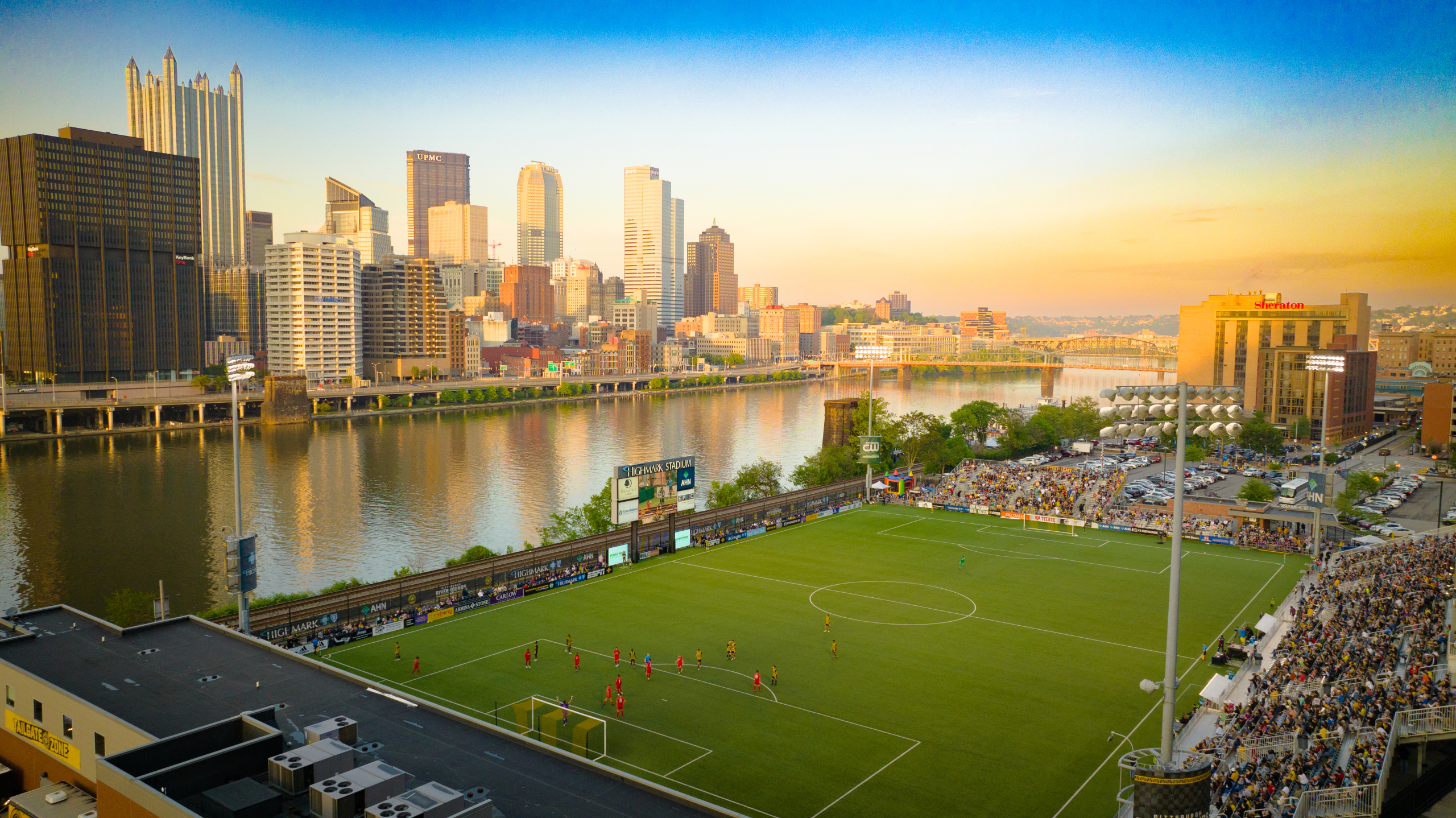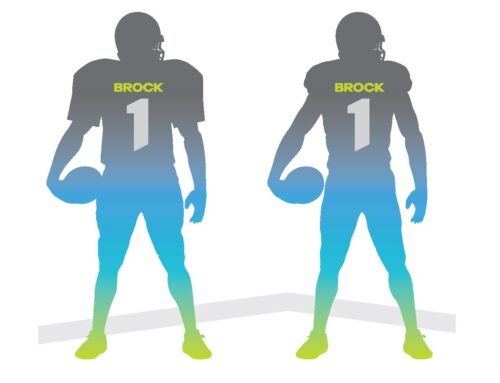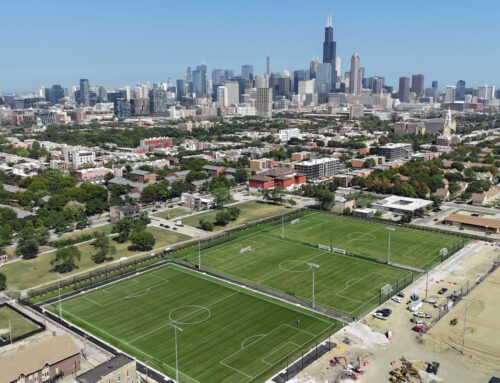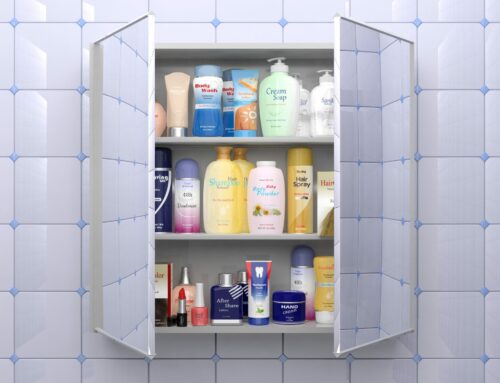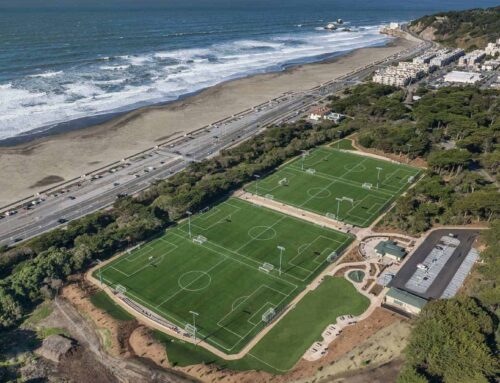The recent Olympics reminded us of the power of sports to unite people from all corners of the globe. In a time when division seems to permeate many aspects of life, the Olympics showcased humanity’s collective spirit and reminded us of our shared values of excellence, teamwork, and perseverance. Sports have long been an essential part of human development, fostering both physical and mental well-being, a concept encapsulated in the ancient adage “a sound mind in a sound body.” The ancient Olympic Games, which began in 776 BC in Olympia, Greece, laid the foundation for this global tradition, and its legacy continues today with an even greater sense of urgency.
In the modern era, the benefits of sports extend far beyond competition. Engaging in regular physical activity is crucial for combating rising obesity rates and related health issues, particularly among young adults. The prevalence of childhood obesity has become a significant concern, with the World Health Organization estimating that over 340 million children and adolescents aged 5-19 were overweight or obese in 2016—a number that has only grown in recent years. The health risks associated with obesity, such as heart disease, diabetes, and mental health issues, highlight the need for accessible sports facilities and programs that encourage physical activity from a young age.
Playing sports also provides invaluable social and emotional benefits. Participating in team sports fosters a sense of belonging, builds friendships, and teaches important life skills like communication, leadership, and resilience. In contrast, excessive screen time and sedentary lifestyles can lead to isolation, poor posture, and cognitive decline, particularly among young people. Striking a balance between screen time and physical activity is essential for promoting overall well-being and preventing long-term health issues.
Building venues for sports, particularly those accessible to young adults, is a critical investment in our collective future. Artificial turf sports fields offer a sustainable solution for providing millions of people with safe and durable spaces to play. Unlike natural grass, which requires constant upkeep, pesticides, and fertilizers, artificial turf is designed to be more environmentally friendly. Modern artificial turf can be engineered to reduce water consumption, eliminate harmful chemicals, and last longer than natural grass, reducing the need for frequent replacements.
Moreover, artificial turf fields are versatile and can be used year-round, regardless of weather conditions. This durability ensures that communities can rely on these spaces for sports and recreation, fostering a culture of physical activity and engagement. For many urban areas where green space is limited, artificial turf provides a practical solution to meet the growing demand for sports facilities.
The benefits of sports extend beyond physical health; they promote human connection and bridge cultural divides. The Olympics, in particular, serve as a reminder that despite our differences, we can come together to celebrate the best of humanity. By investing in artificial turf sports fields and making sports more accessible to all, we can continue to nurture this spirit of unity and ensure that future generations grow up healthier, happier, and more connected.
In this increasingly digital age, prioritizing physical activity and the development of sports facilities is more important than ever. Whether through the construction of modern artificial turf fields or the promotion of youth sports programs, the role of sports in shaping a better future is undeniable. As the legacy of the ancient Olympic Games lives on, so too must our commitment to providing spaces where everyone can thrive—mind, body, and soul.

